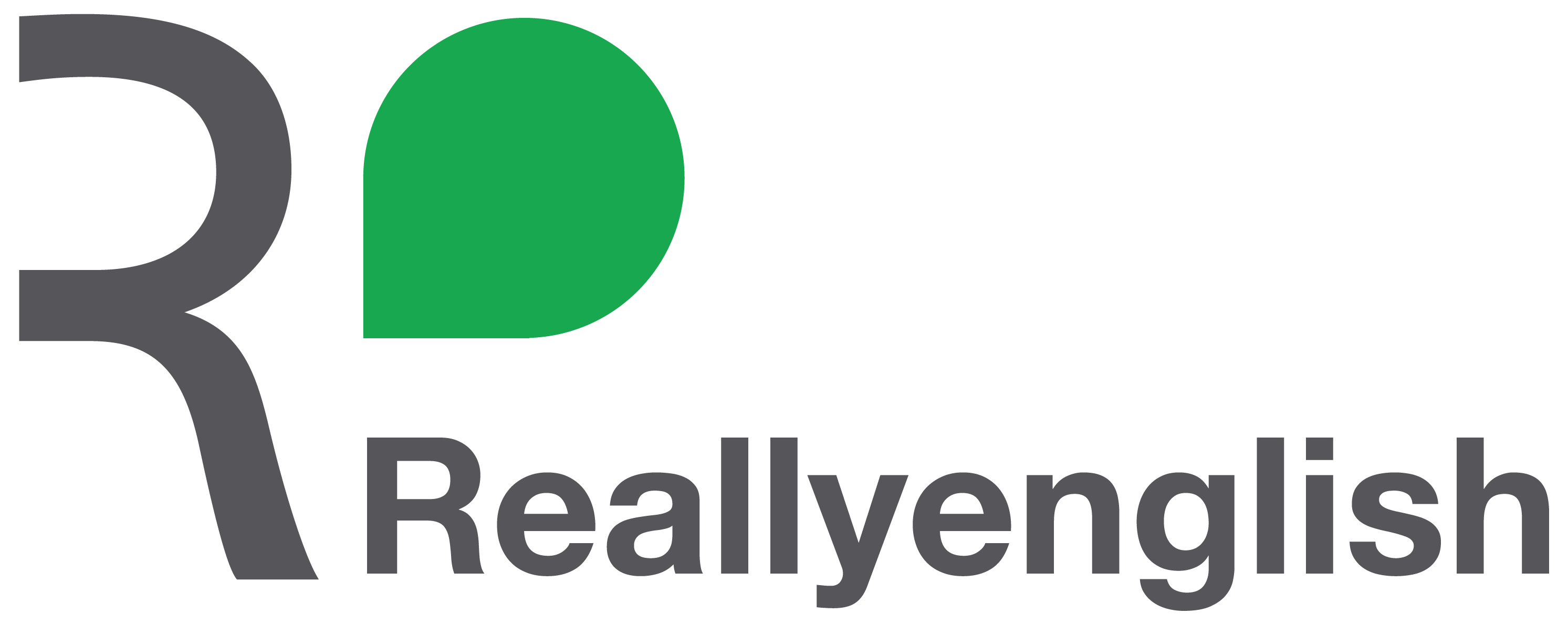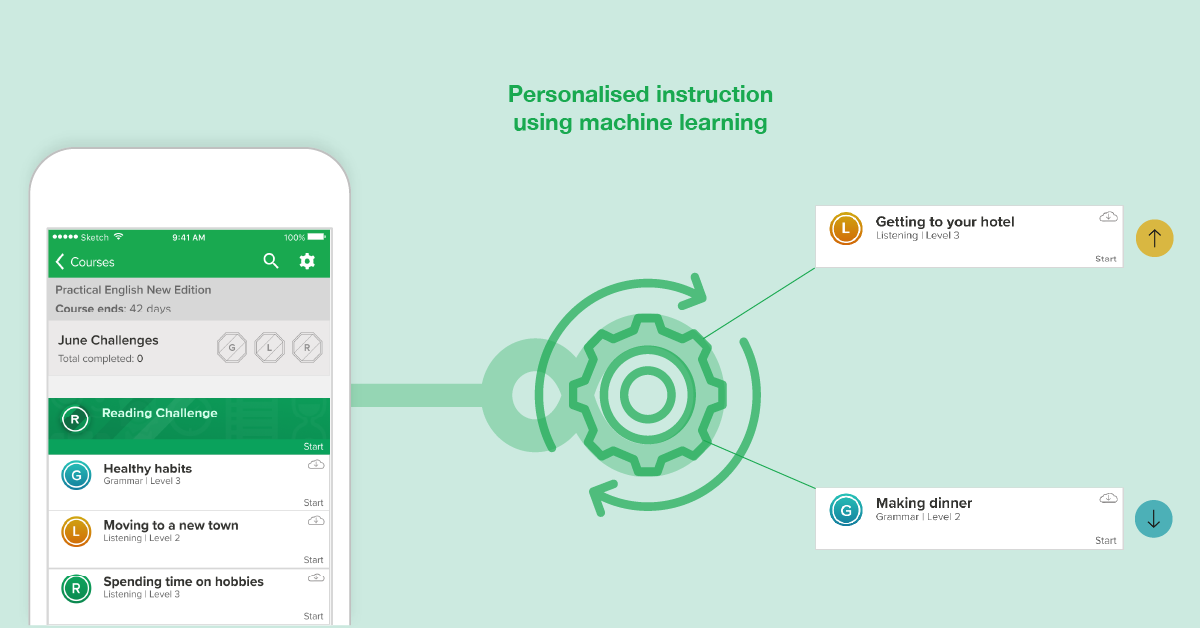
When it comes to choosing digital learning content, owners, managers, and educators face a lot of challenges and questions. Some at the top of the list are Will my learners use it? Is this going to replace me? Does it have all (or even most of!) the features I need? Will it work? Finding answers to these questions is challenging enough on its own, but that challenge is exacerbated by the cacophony created when twenty different providers clamor to be heard while they extoll their product’s virtues. That’s a tremendous amount of noise!
What is noise?
Noise in a market is when a lot of marketers are metaphorically shouting about their products through blogs, social media and advertising campaigns. Let’s face it, when they are competing for our attention, they will go to great lengths to convince us their product is better, and if you've ever been in a sales dogfight, you probably have some sympathy for their tactics.
The trouble with noise is that it has some side effects; it creates confusion and fatigue, and often a customer will end up buying something that doesn’t meet their requirements or they will lose confidence in the process and choose not to buy anything at all. That’s neither good for the customers nor the providers, nor especially for the learners. Over a sustained period, this can have a knock-on consequence of eroding confidence in a market. This has been a challenge for digital learning and something we will look at a little later in this series. So, how do we beat the noise, and find the right product for our learners?
Well, there are very simple and effective strategies for helping you decide what products are best for your needs. If you follow these, you should save time, money, and get what you want from your digital learning solution.
Don’t believe the hype
When cutting through the noise it is helpful to turn the volume down a bit so you can see exactly what you are looking at. Marketeers use poetry to describe how their product will transform everything from your bank balance to the performance of your students. But when you start using the product the reality will be plain old prose! So, enjoy the sales process, even if you are just window shopping, but don’t lose sight of the prosaic problems you are trying to solve with concrete solutions.
Don’t let the tail wag the dog
Digital product development is a remarkable thing, what is possible is infinite, therefore anything that seems like an innovative idea can be developed and integrated into a product. The trouble is what seems like a promising idea in theory does not always work out in practice. Just look at a standard word processor like MS Word or Google Docs, and the amount of redundant functionality that is built into them. The same can be true of digital learning products, and often schools fall into a trap of being sold features that seem great in theory but end up being unimportant in practice. So, when selecting digital learning content, it is important to focus on the ‘needs of your learners’ rather than the ‘wants’, or the ‘might be useful’. If you maintain focus on your learners, ‘the dog will firmly wag its tail’ and you will be able to clearly define what you seek and evaluate products and providers accordingly. This will tune out the noise and allow you to make informed choices.
In Summary
When examining digital products always keep in mind the challenges you are trying to solve, and focus on the needs of your learners, after all they will be the ones using it. If you do these two things, it will tune out the noise and allow you to make informed choices.
Next Time...
Ok, so now that we are cutting through the noise and focused on the needs of our learners, in the next article, we will look at some questions that help us refine and understand what our learners need from digital content.





